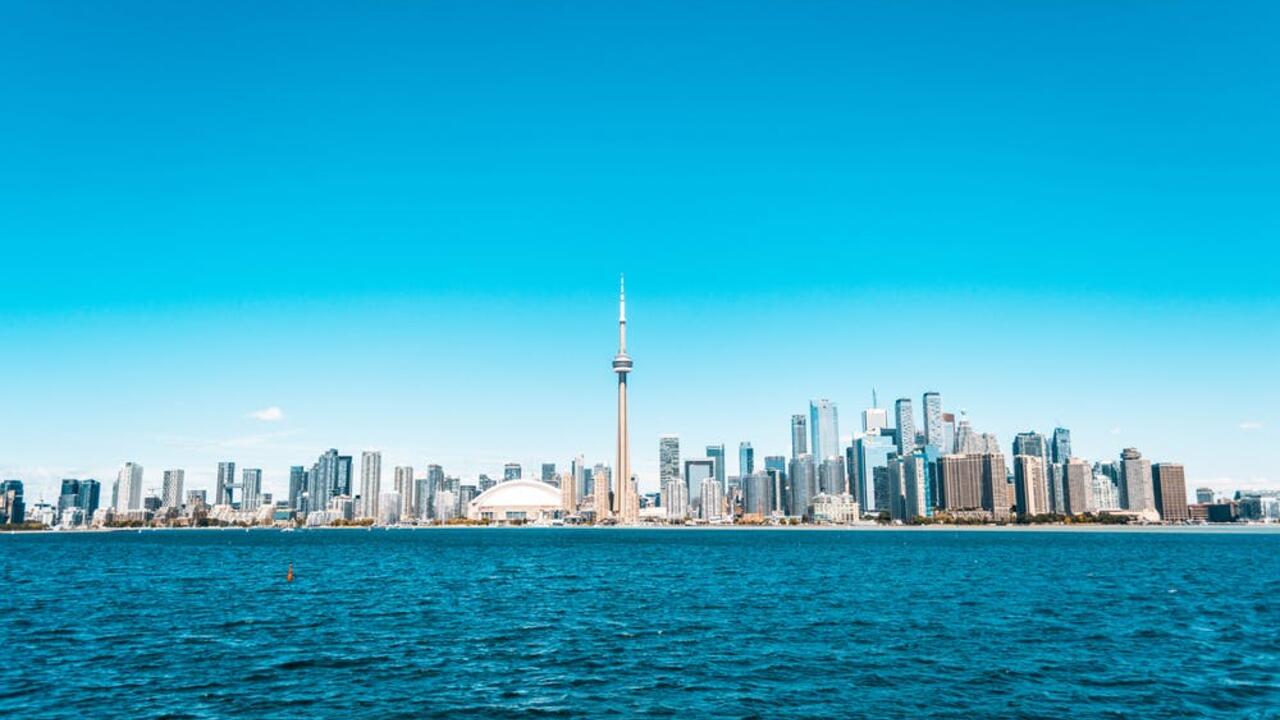
Q and A with the experts: COVID-19 and our cities
Toronto is being left out of the Stage 2 re-opening happening across the rest of the province next week. Why is that? And in what other ways are cities unique in how the pandemic is affecting them?

Toronto is being left out of the Stage 2 re-opening happening across the rest of the province next week. Why is that? And in what other ways are cities unique in how the pandemic is affecting them?
By Media RelationsWe ask Professor Brian Doucet of the School of Planning these and other questions about urban spaces and COVID-19.
Why are cities unique when it comes to the COVID-19 threat?
Contemporary cities are both highly interconnected places and sites of growing levels of inequality. We can see these characteristics in how COVID-19 has impacted urban space. In many countries, COVID-19 first arrived in large, global cities connected to the rest of the world by busy international airports (think Milan, New York). However, it would subsequently spread quickly through lower-income communities (often consisting of visible minorities) living in overcrowded housing in the suburbs, rather than downtown. It is in these areas, rather than gentrified urban cores, where the effects of COVID-19 have been most severe.
How are cities handling the outbreak in Canada vs. elsewhere? Are there cities that are particularly good at managing the pandemic?
Rather than comparing cities, it is important to look at internal patterns within them. It is becoming increasingly clear that the economic, social, racial and spatial inequities that existed before COVID-19 are central to its spread and how its impact are unevenly distributed. The more we study the impact of the pandemic, we see that it is not in hyper-dense Manhattan, or the condo towers of downtown Toronto where COVID-19 has been spreading rapidly, but rather inner suburban areas such as Montreal North, or Queens (New York), where high concentrations of low-income, racialized populations reside. The City of Toronto released data on where COVID-19 cases are found throughout the city and the vast majority are outside of the affluent downtown core. The neighbourhood I grew up in around Yonge and Eglinton, has seen thirteen cases of COVID-19. Near Jane and Finch, a mere fifteen kilometres away, infection rates are ten times higher per head of population.
Do you expect that the pandemic will change the population of cities? Will they grow, will they shrink?
Some of the measures that cities are implementing to deal with the challenges of COVID-19 may actually make them more appealing in the future. Better bike lanes, more outdoor terraces and traffic calming will not only help deal with today’s challenges but lay the foundations for enhanced quality of life. But again, much of this is taking place in the already gentrified urban cores; this could actually lead to further polarisation because these improvements will make already desirable areas more attractive and consequently more expensive. Therefore, a key challenge will be to ensure that investments in building a better city are found throughout the city, not just in the urban core. This will require working collaboratively with community leaders and residents in racialized and lower-income neighbourhoods so that they play a leading role in shaping the future directions of cities.
The University of Waterloo has a number of experts available for comment on various aspects of the COVID-19 pandemic, click here to see the up-to-date list.

Read more
There is a lot of information online about COVID-19 and what people can do to protect themselves. But how do we sort out the good advice from the bad?
Professor Shana MacDonald, an expert in the relationship between technology and public discourse, explains how to spot fake information online, and talks about why we should be vigilant about what we share.

Read more
All over the world, the earth appears to be healing – but are these changes permanent? What happens when the world goes back to work?

Read more
Should we still be wearing contact lenses? What’s the best way to keep our glasses clean during the pandemic?
The University of Waterloo acknowledges that much of our work takes place on the traditional territory of the Neutral, Anishinaabeg and Haudenosaunee peoples. Our main campus is situated on the Haldimand Tract, the land granted to the Six Nations that includes six miles on each side of the Grand River. Our active work toward reconciliation takes place across our campuses through research, learning, teaching, and community building, and is co-ordinated within the Office of Indigenous Relations.